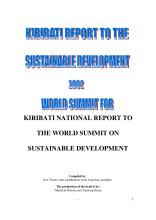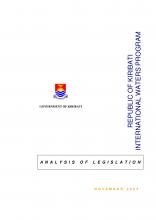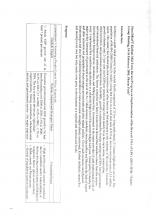Climate variability and change and their effects in small island states: information for adaptation planning in the health sector


Climate Change Resilience, Biodiversity Conservation
Available Online
Small island states are the countries likely to be most vulnerable to climate variability and long-term climate change, particularly extreme weather and climate events (such as cyclones, floods and droughts) and sea-level rise. Many small island states share characteristics that increase their vulnerability, these include their small sizes, isolation,limited fresh water and other natural resources, fragile economies, often dense populations,poorly developed infrastructures and limited financial and human resources. To understand better the potential health impacts of climate variability and change in small island states and to build capacity to cope with climate change through adaptation planning, a series of workshops and a conference were organized by the World Health Organization (WHO) in partnership with the World Meteorological Organization (WMO) and the United Nations Environment Programme (UNEP)(WHO 2000; Aron et al. 2003; WHO 2003). This report synthesizes the information presented and identifies key recommendations for improving the health sector’s capacity to anticipate and prepare for climate variability and change. There is ample evidence that many small island states currently are vulnerable to climate variability. Climate change projections increase the level of concern because models suggest that small island states will experience not only warmer temperatures, but also increased climate variability. The consequences of increased climate variability are likely to be related to changes in rainfall, soil moisture budgets, prevailing winds (speed and direction), regional and local sea levels and patterns of wave action. El Niño events are likely to strengthen the short-term and inter annual variations. In addition, global mean sea level is projected to increase by0.09 m to 0.88 m by 2100. To understand better the potential human health consequences o fthese projected changes, the following questions were addressed






